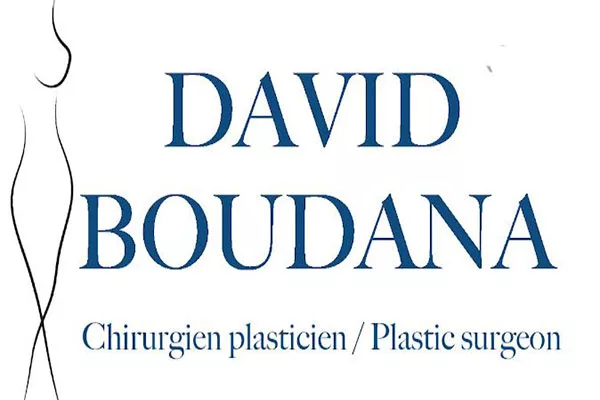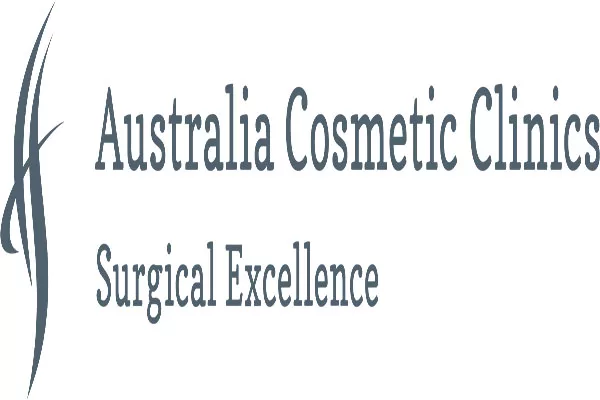Non-surgical
Non-surgical procedures are becoming more popular these days due to their relatively minimal invasiveness, shorter recovery times, and fewer risks compared to surgical procedures. These procedures can address a range of cosmetic concerns without the need for incisions, sutures, or general anesthesia.
Here are some of the most popular non-surgical procedures available today:
- Botox: a protein that reduces the visibility of wrinkles caused by repeated facial movements
- Filler injections: used to restore lost volume and smooth out lines and wrinkles
- Chemical peels: exfoliate the top layer of skin to reveal smoother, more even-toned skin
- Laser treatments: use concentrated light energy to address a variety of skin concerns, including fine lines, wrinkles, dark spots, and acne scars
- Microdermabrasion: a minimally invasive procedure that uses tiny crystals to exfoliate the skin and improve texture and tone.
- Kybella: an injectable treatment that reduces the appearance of a double chin by destroying fat cells
- CoolSculpting: non-invasive body contouring treatment that uses controlled cooling to eliminate stubborn fat
- Ultherapy: lifts and tightens skin on the face and neck using ultrasound technology
- Platelet-rich plasma (PRP) therapy: uses the patient’s own blood to stimulate healing and rejuvenation
- Microblading: a semi-permanent makeup technique that creates natural-looking eyebrows using small, hair-like strokes.
Non-surgical procedures are typically performed in a medical spa or cosmetic surgeon’s office rather than a hospital or surgical center. They are often completed in a single session or a series of sessions, depending on the desired results. In addition to the benefits mentioned earlier, non-surgical procedures are usually less expensive than surgical procedures, making them a more accessible option for many people. However, it’s important to note that non-surgical procedures are not a substitute for surgical procedures. If you are seeking more dramatic results or have a more severe cosmetic concern, you may require a surgical procedure.
Non-surgical procedures are generally considered safe when performed by a licensed and experienced professional. However, like any medical procedure, there are some risks, including bruising, swelling, infection, and poor results. It’s important to choose a licensed professional with adequate training and experience to perform your non-surgical procedure. Before undergoing a non-surgical procedure, you should schedule a consultation with your provider to discuss your goals, expectations, and any concerns or questions you may have.
If you’re considering a non-surgical procedure, it’s essential to have realistic expectations. Non-surgical procedures can provide excellent results, but they are typically less dramatic than surgical procedures. For example, while Botox can produce a smoother, more youthful appearance, it cannot address significant sagging or excess skin on the face or neck. In general, non-surgical procedures are associated with temporary, subtle improvements that gradually dissipate over time. Another consideration when undergoing non-surgical procedures is the recovery time. While non-surgical procedures generally require less downtime than surgical procedures, there may still be some side effects such as redness, swelling, and bruising. You should discuss recovery expectations with your provider and plan accordingly, especially if you have a special event or occasion coming up. Additionally, you may need to avoid certain activities (such as strenuous exercise) or avoid exposure to the sun or heat for a period after your procedure.
Non-surgical procedures can offer excellent benefits for the right candidate. They can be an effective way to address cosmetic concerns without the risks and downtime associated with surgical procedures. However, it’s essential to choose a licensed, experienced professional and have realistic expectations about the results.
If you’re considering a non-surgical procedure, make sure to do your research and ask plenty of questions during your consultation. You should also review before and after photos and read reviews from previous patients. By doing these things and being informed, you can make an informed decision about whether a non-surgical procedure is right for you.
When choosing a non-surgical procedure, it’s important to consider the cost. While non-surgical procedures are generally less expensive than surgical procedures, the cost can still add up, especially if multiple sessions are required. You should discuss the cost of the procedure with your provider and consider any financing options that may be available.
It’s also important to remember that not all non-surgical procedures are covered by insurance. If the procedure is done for cosmetic purposes, you will likely need to pay out of pocket. However, if the procedure is done for medical purposes, such as to treat migraines or excessive sweating, it may be covered by insurance.
To ensure the best results from your non-surgical procedure, it is vital to follow your provider’s post-treatment instructions carefully. These instructions may include avoiding certain activities or products, taking prescribed medications or supplements, or scheduling follow-up appointments for maintenance or touch-ups.
It’s also important to continue to maintain a healthy lifestyle, including a nutritious diet and regular exercise, to help prolong the results of your non-surgical procedure. You should also protect your skin from the sun and other environmental stressors by wearing protective clothing, avoiding prolonged sun exposure, and using a broad-spectrum sunscreen.”
In conclusion, non-surgical procedures can provide excellent results for those looking to address minor cosmetic concerns with fewer risks, less downtime, and lower costs than surgical procedures. However, it’s essential to do your research, choose a licensed and experienced provider, have realistic expectations, and follow post-treatment instructions carefully. By doing these things, you can ensure the best possible results from your non-surgical procedure.
Anyone had Fat dissolving injections in double chin ?
Fillers under lips causing bumps
| This page is not advice and is intended to be informational only. Consult your physician before undertaking any surgical procedures. |
Most famous clinics
Marina Plastic Surgery
Dr. Grant Stevens
is the founder and Medical Director of Marina Plastic Surgery and The Institute; A Medical Spa in Marina Del Rey, California.
USA 4560 Admiralty Way Suite 256
Marina Del Rey, CA 90292
Phone : 310-494-2881
Nazarian Plastic Surgery
Dr. Sheila Nazarian
MMM is a Board Certified Plastic Surgeon and the founder of Nazarian Plastic Surgery and Spa26 in Beverly Hills.
USA 120 S. Spalding Dr. #315,
Beverly Hills, CA 90212
Phone: (310) 773-3039
Westlake Dermatology
Westlake Dermatology is a national leader in dermatology and plastic surgery. Our specialization in minimally invasive procedures.
USA 2201 Onion Creek Parkway
Austin, Texas 78747
Phone: 512-649-3376
Central Scottsdale Surgery Center
Dr. Remus Repta
Dr. Repta, our founder, is widely recognized for his exceptional skills, and the quality and artistry of his surgical work.
USA 3271 N Civic Center Plaza #105,
Scottsdale, AZ 85251
Phone:(855) 377-3782
Forest Hill Institute Of Aesthetic Plastic Surgery
Dr. David Boudana
Dr. David Boudana, a board certified plastic surgeon, is a graduate of the prestigious University of Paris Descartes.
Сanada 1188B Eglinton Avenue West
Toronto, Ontario
Phone:(416)785-7864
Australian Cosmetic Clinics
Dr. Shaz Musavi
Dr Shaz is a fully trained Cosmetic Surgeon who brings his extensive aesthetic background and professionalism.
Australia Suite 1, 448 Pacific Highway
Artarmon, NSW 2064
Phone: 1300 559 848









